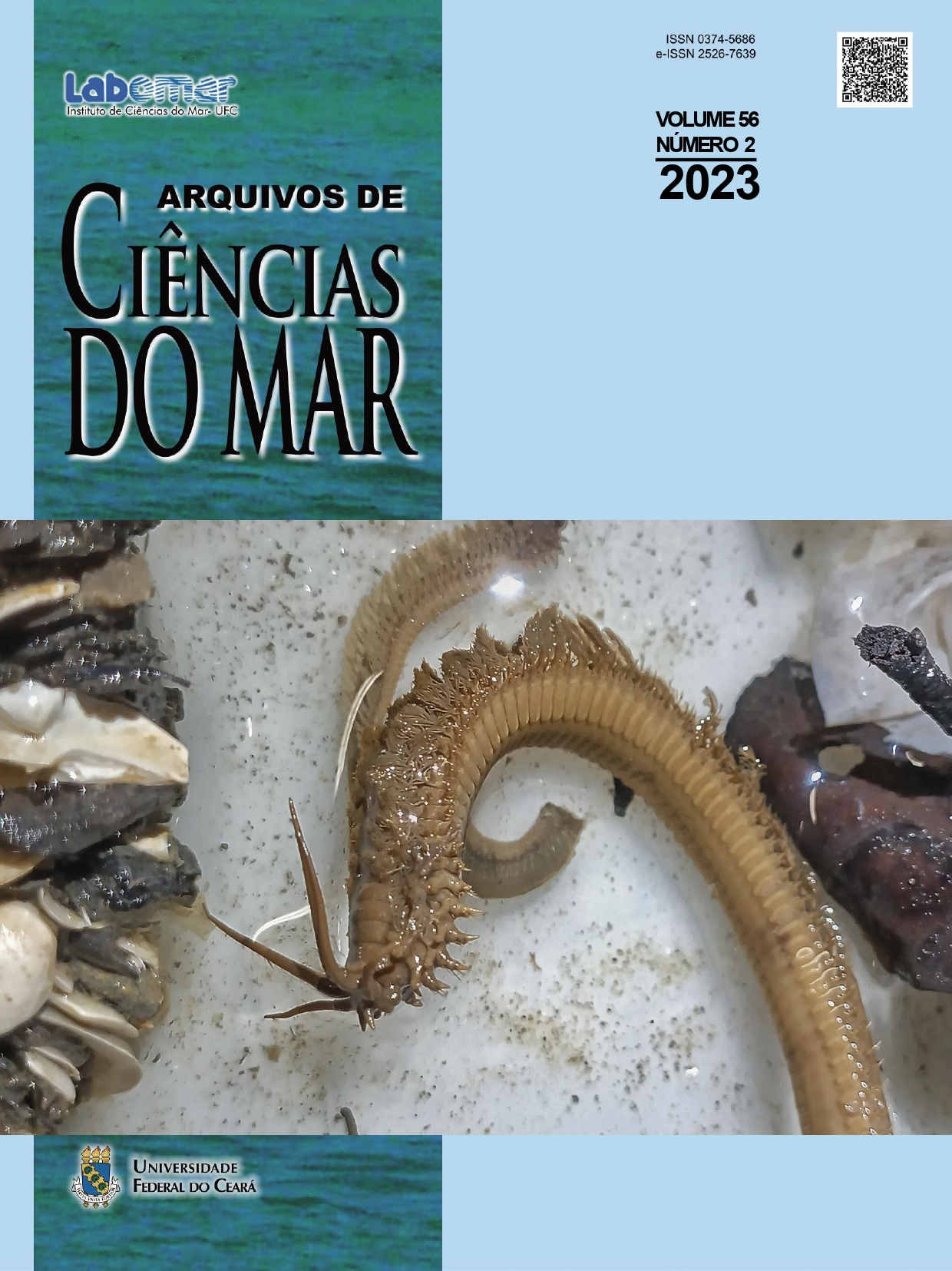CONSTRUINDO UM INDICADOR DE ACESSIBILIDADE AOS PORTOS PÚBLICOS BRASILEIROS
Building an accessibility indicator for Brazilian public ports
DOI:
https://doi.org/10.32360/acmar.v56i2.80771Resumo
Os portos desempenham um papel estratégico no crescimento econômico do Brasil. O aumento das importações e exportações marítimas tem gerado uma crescente demanda por esses serviços, porém, a ineficiência logística e de transporte tem prejudicado as operações portuárias. Dessa forma, este artigo desenvolve um índice abrangente de acessibilidade para os portos brasileiros considerando fatores como profundidade do calado, conectividade com outros modais de transporte, distância até as capitais estaduais e qualidade das rodovias de acesso, com o objetivo de identificar os portos com a melhor acessibilidade no país. Dentre os resultados identificou-se que os portos mais acessíveis incluem Santos, Itaguaí, Rio de Janeiro, Paranaguá, São Sebastião e Itaqui, com um índice de acessibilidade superior a 0,60. Por outro lado, portos como Areia Branca, Ilhéus, Santana, Maceió, Recife, Aratu e Santarém apresentaram os piores resultados, com índices abaixo de 0,40. Isso destaca a importância da infraestrutura sólida e do potencial de mercado para melhorar a acessibilidade. Além, foi observado a necessidade de investimentos na infraestrutura de transporte aquaviário, especialmente na profundidade do calado. Portos como Pelotas, Porto Alegre e Estrela foram identificados com os menores calados, registrando índices de acessibilidade extremamente baixos (0,03 e 0,00). Esses resultados têm implicações importantes para orientar futuros investimentos e melhorias na infraestrutura portuária brasileira, visando aprimorar a acessibilidade e estimular o comércio marítimo do país.
Palavras-chave: Índice de Acessibilidade; Brasil; Nova Geografia Econômica.
Downloads
Downloads
Publicado
Como Citar
Edição
Seção
Licença
Copyright (c) 2023 Arquivos de Ciências do Mar

Este trabalho está licenciado sob uma licença Creative Commons Attribution 4.0 International License.
1. Proposta de Política para Periódicos de Acesso Livre
Autores que publicam nesta revista concordam com os seguintes termos:
- Autores mantém os direitos autorais e concedem à revista o direito de primeira publicação, com o trabalho simultaneamente licenciado sob a Licença Creative Commons Attribution que permite o compartilhamento do trabalho com reconhecimento da autoria e publicação inicial nesta revista.
- Autores têm autorização para assumir contratos adicionais separadamente, para distribuição não-exclusiva da versão do trabalho publicada nesta revista (ex.: publicar em repositório institucional ou como capítulo de livro), com reconhecimento de autoria e publicação inicial nesta revista.
- Autores têm permissão e são estimulados a publicar e distribuir seu trabalho online (ex.: em repositórios institucionais ou na sua página pessoal) a qualquer ponto antes ou durante o processo editorial, já que isso pode gerar alterações produtivas, bem como aumentar o impacto e a citação do trabalho publicado (Veja O Efeito do Acesso Livre).

